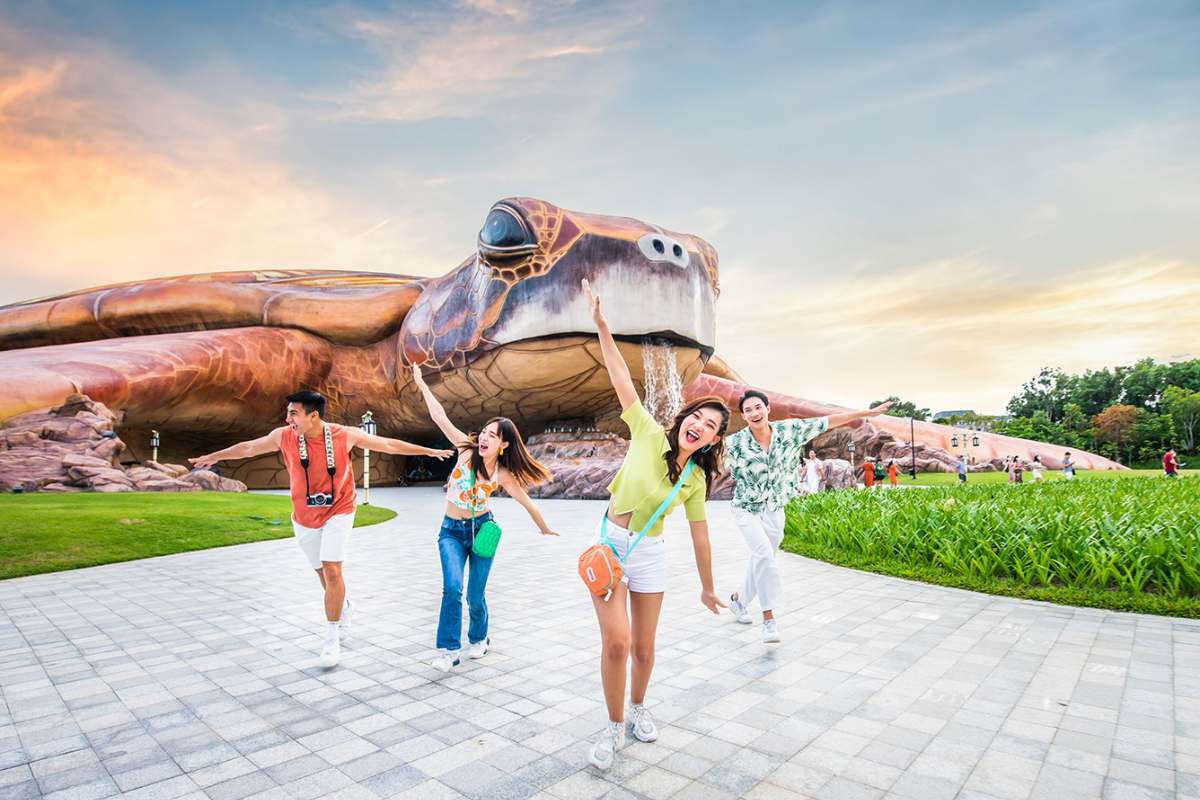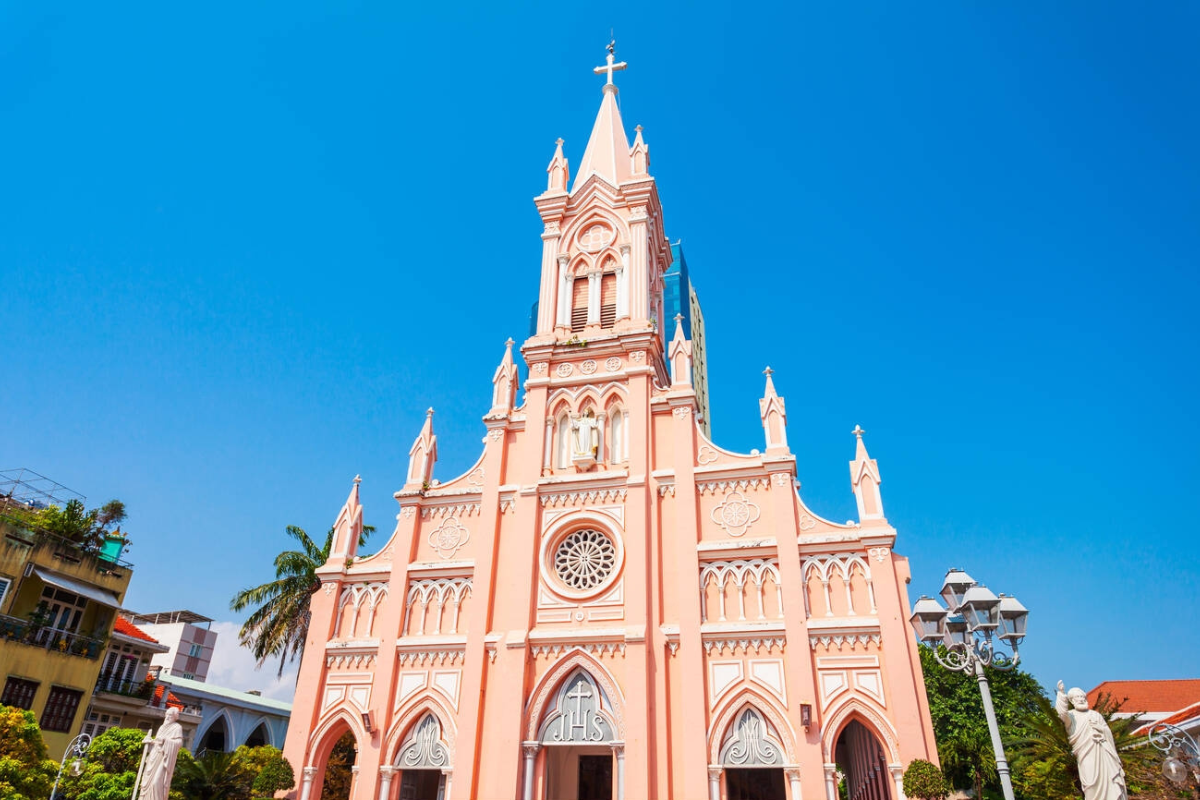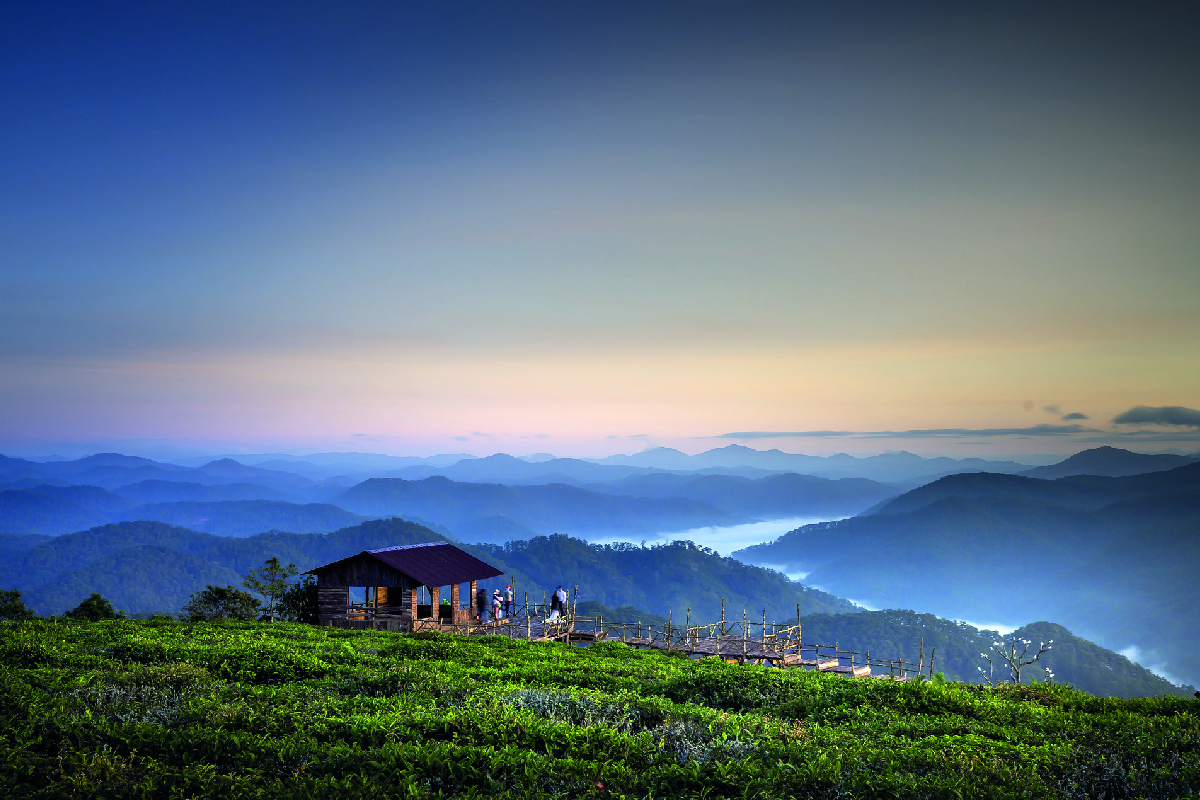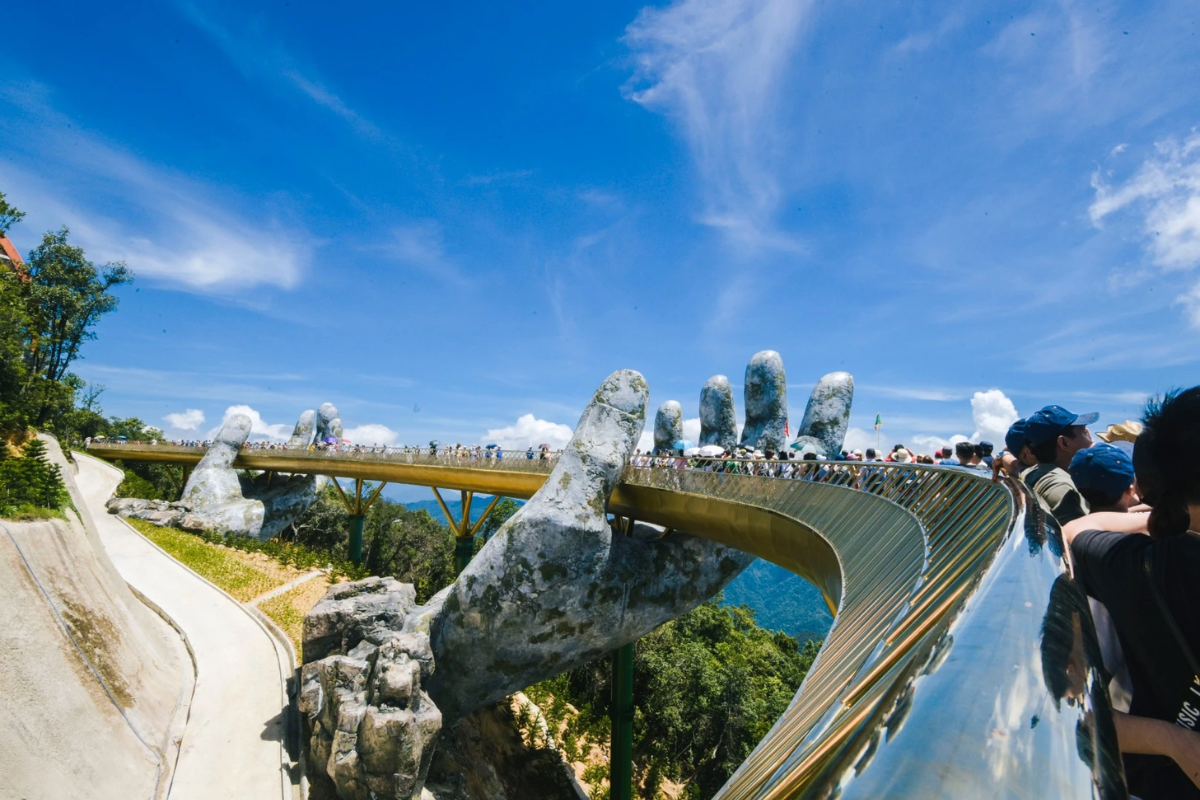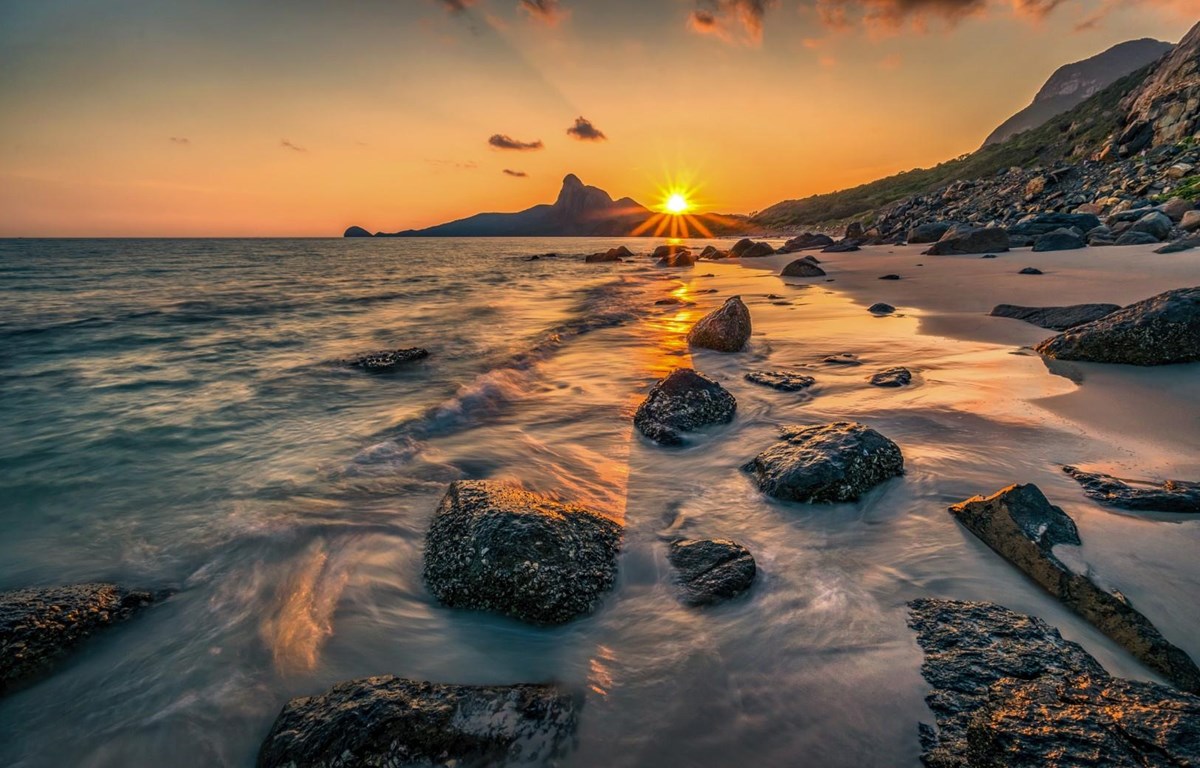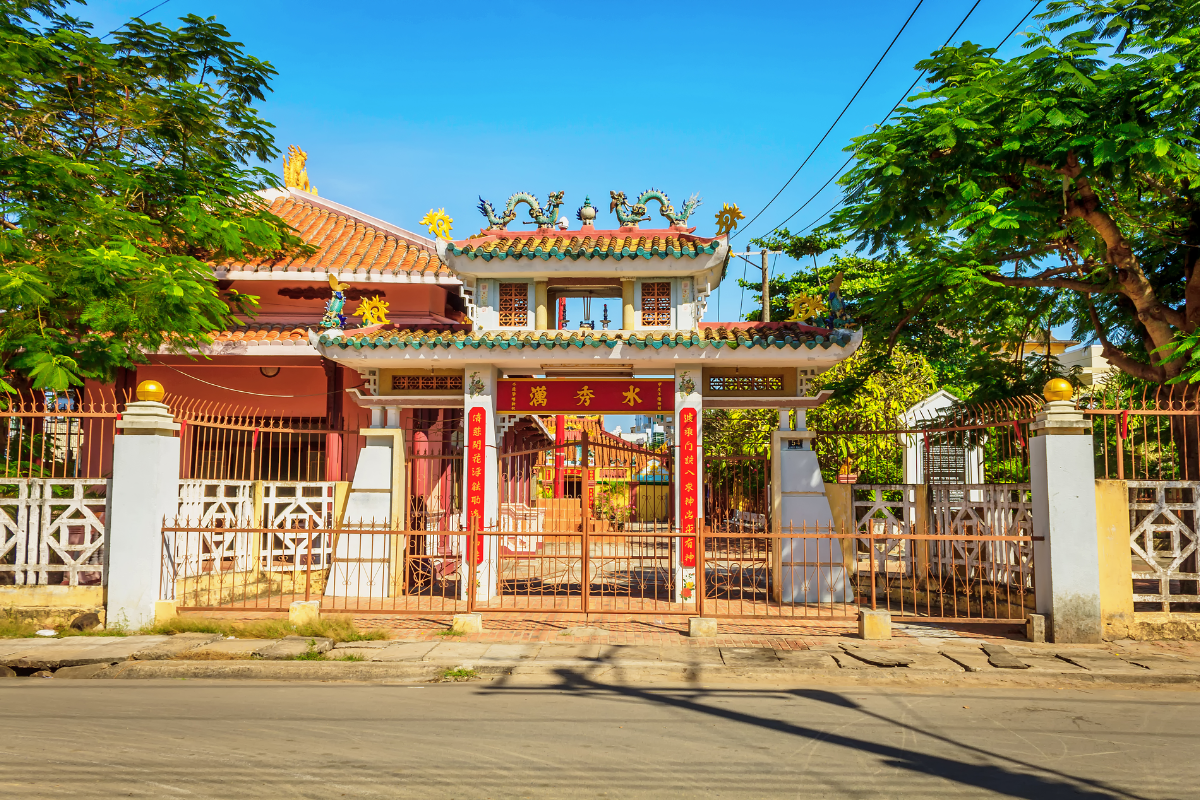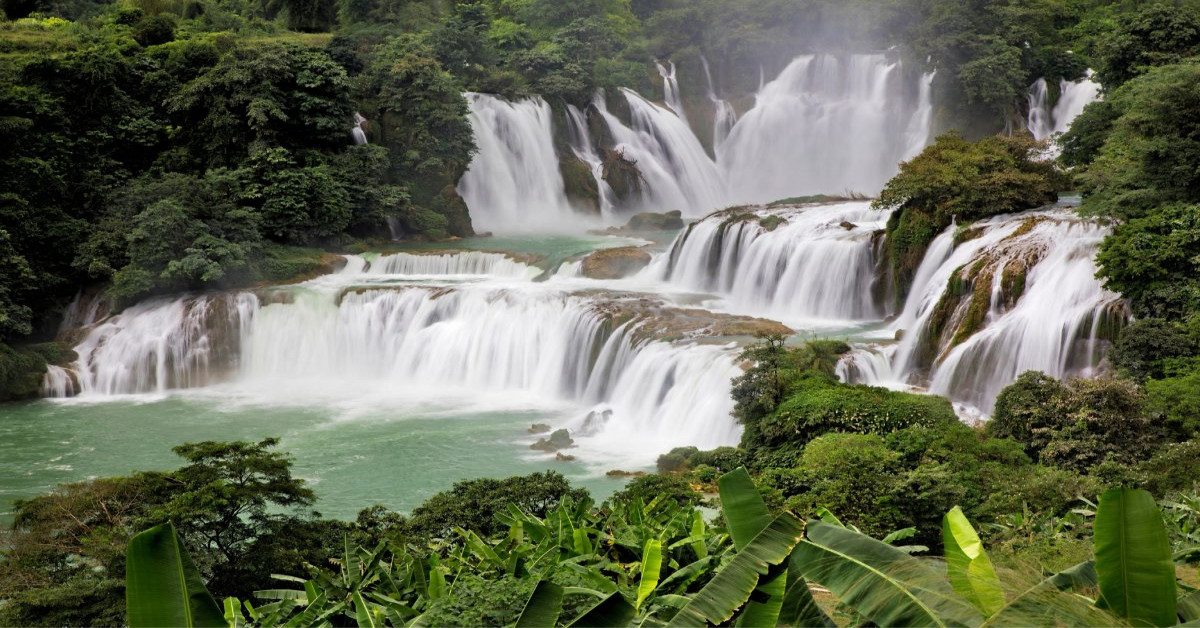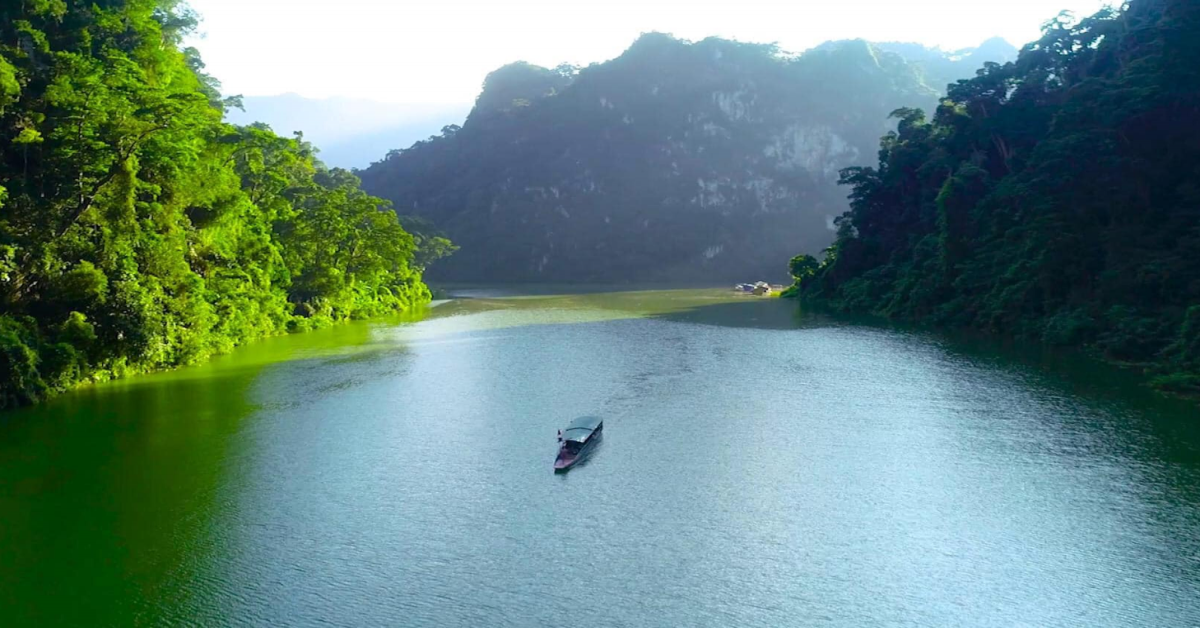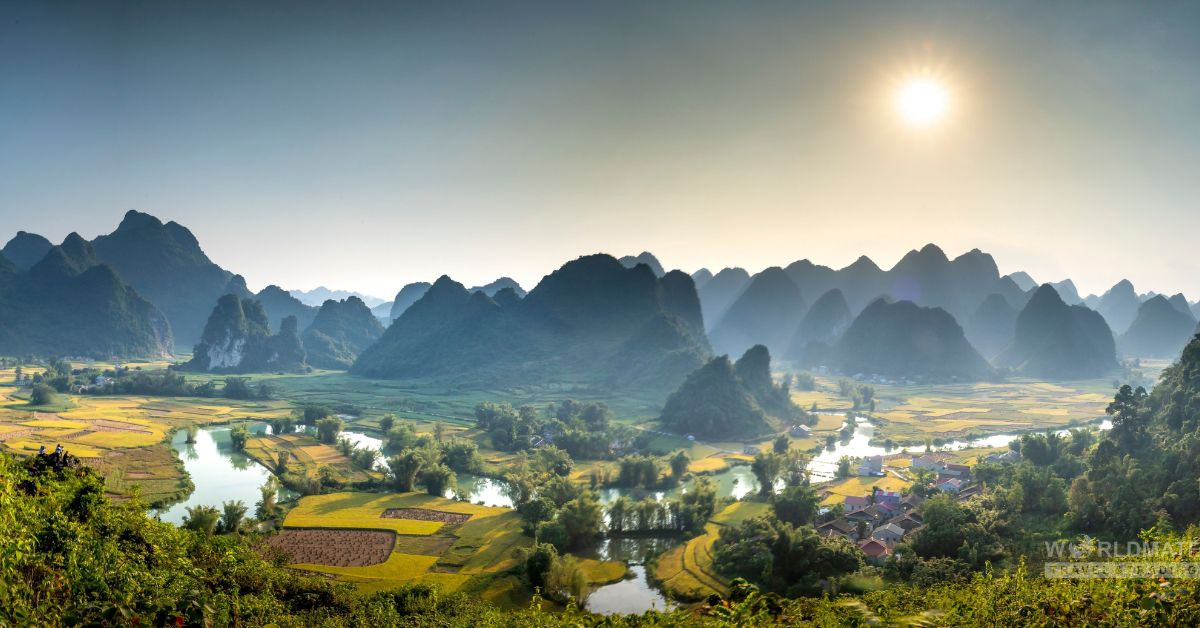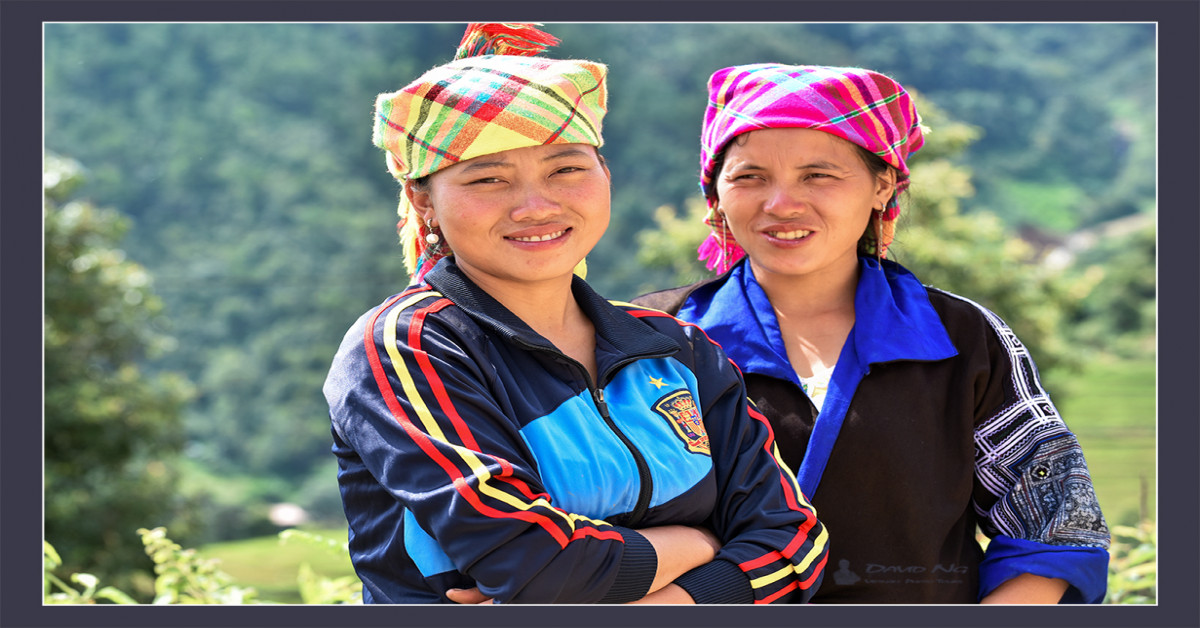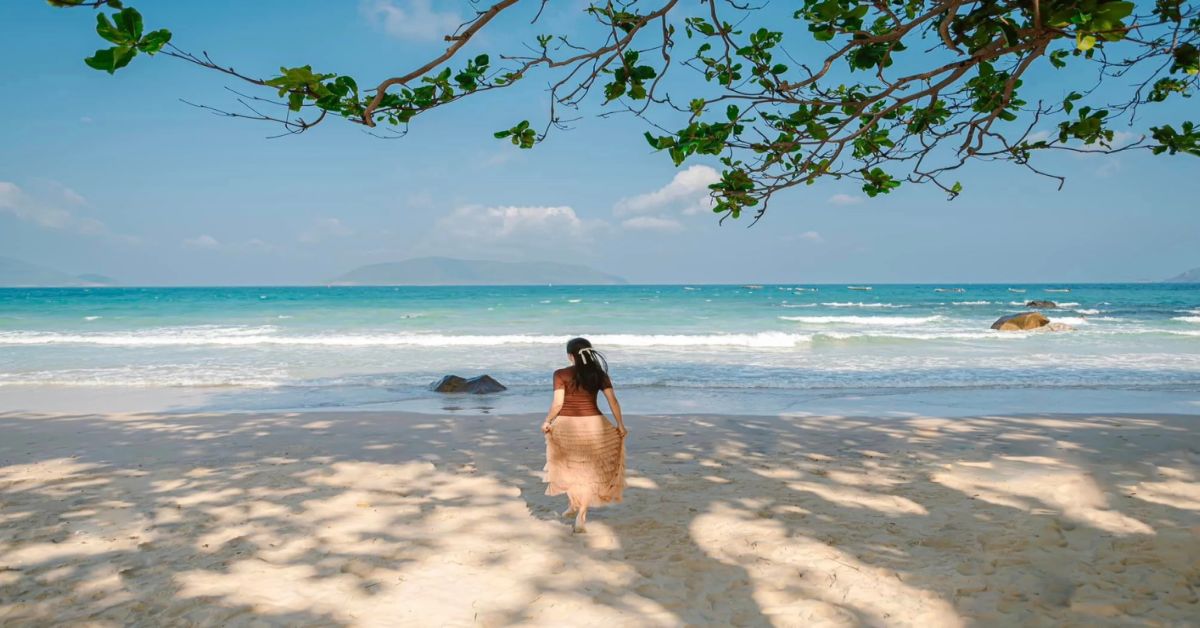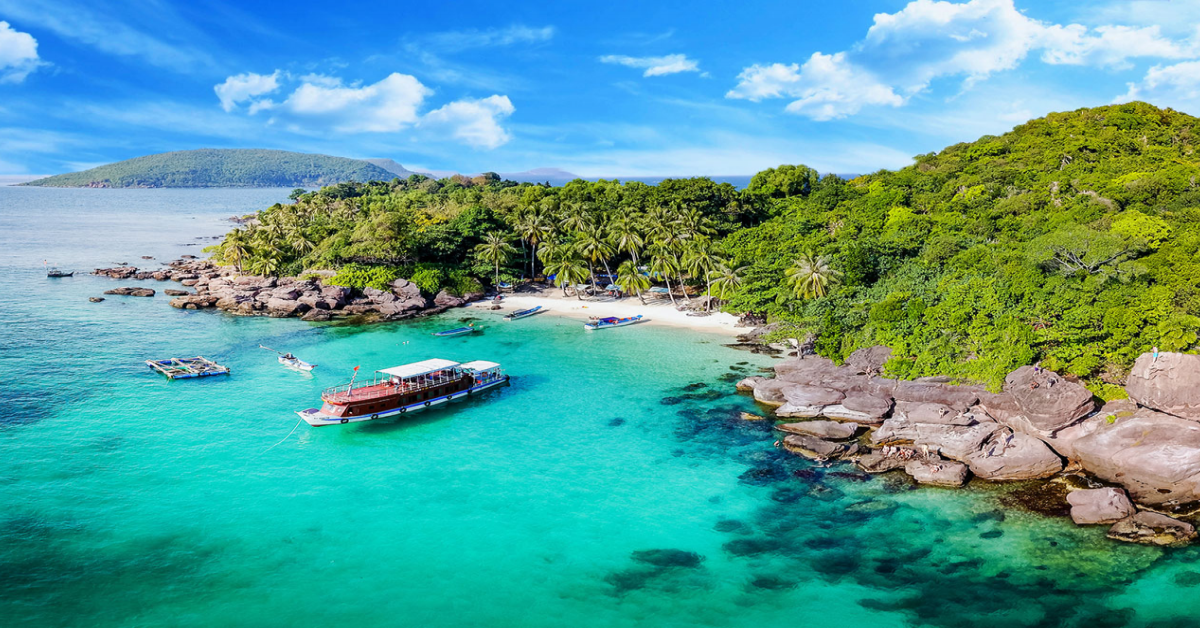Top 19 Must-Visit Attractions in Ha Giang, Vietnam’s Northern Gem
Nestled along Vietnam’s northern border, Ha Giang is a remote region home to 23 ethnic groups and breathtaking natural beauty. Its rugged terrain of limestone mountains and deep valleys has long isolated it from economic growth—but has helped preserve its pristine landscapes and rich cultures. With an ideal combination of geography and heritage, Ha Giang offers extraordinary opportunities for adventure and cultural tourism, including trekking, caving, and exploring historic landmarks.
1. Hoang Su Phi – Terraced Fields in the Clouds
Famous for its photogenic rice terraces, Hoang Su Phi, about 50 km from Ha Giang City, dazzles visitors during the ripening rice and water-pouring seasons.
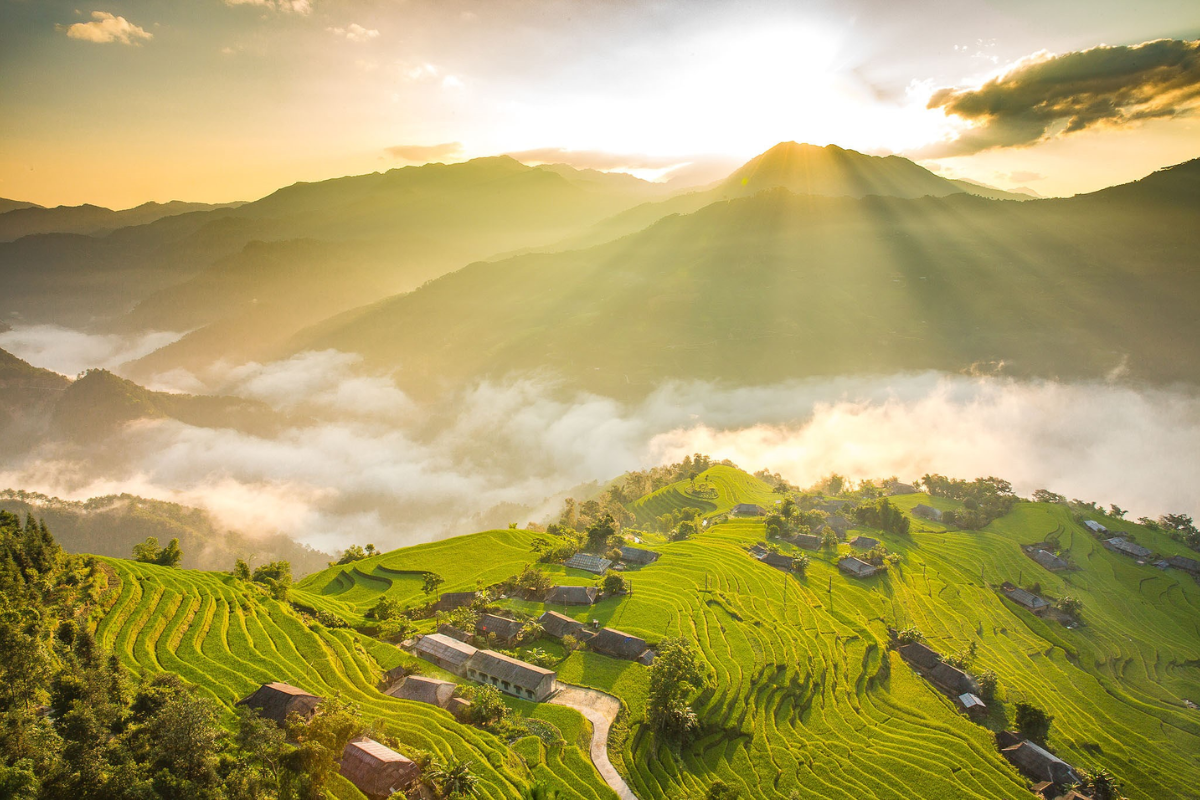
2. Ma Pi Leng Pass – The Road of Happiness
Ma Pi Leng is a legendary 20-kilometer mountain pass connecting Ha Giang City with Dong Van and Meo Vac. Snaking along cliffs at 2,000 meters above sea level, the pass offers jaw-dropping views of the jade-green Nho Que River far below.
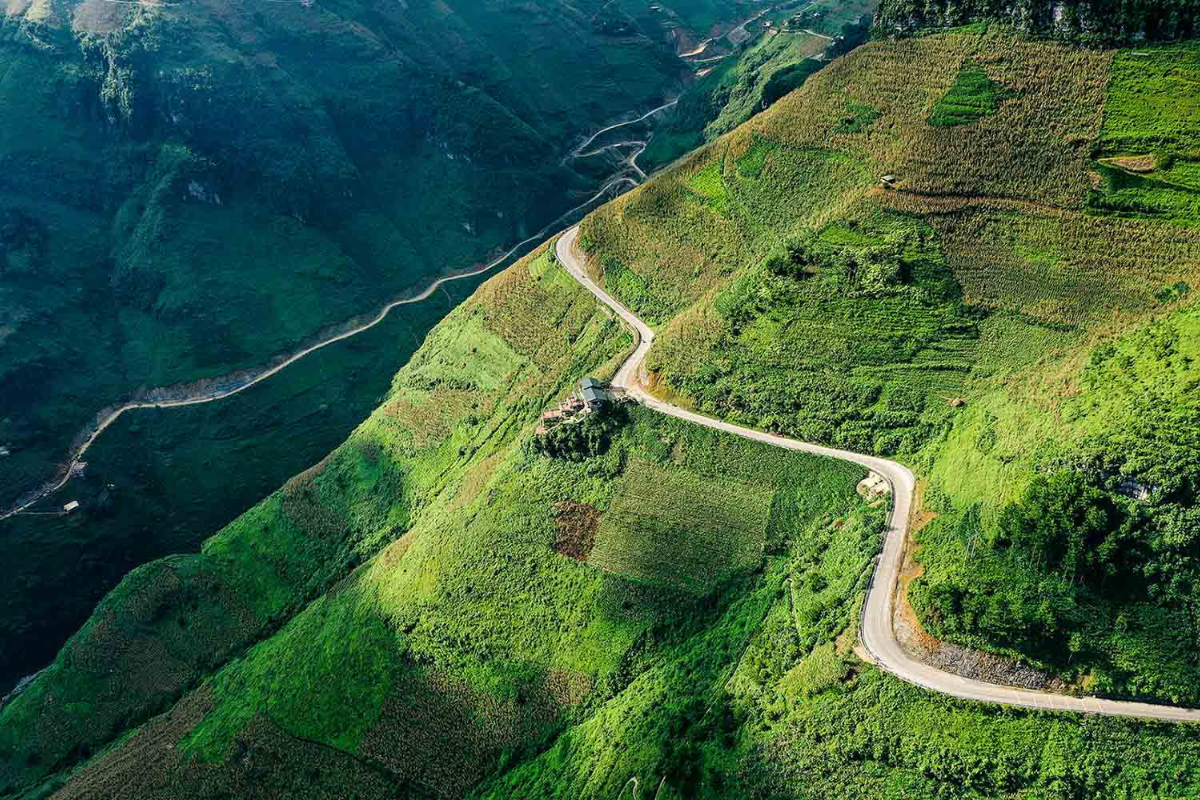
3. Dong Van Karst Plateau – A Rocky Wonder
This UNESCO Global Geopark is a dramatic landscape of grey limestone formations. Locals here say they “live with rocks and die with rocks.” The area tells ancient geological tales and showcases Vietnam's ethnic mountain life.
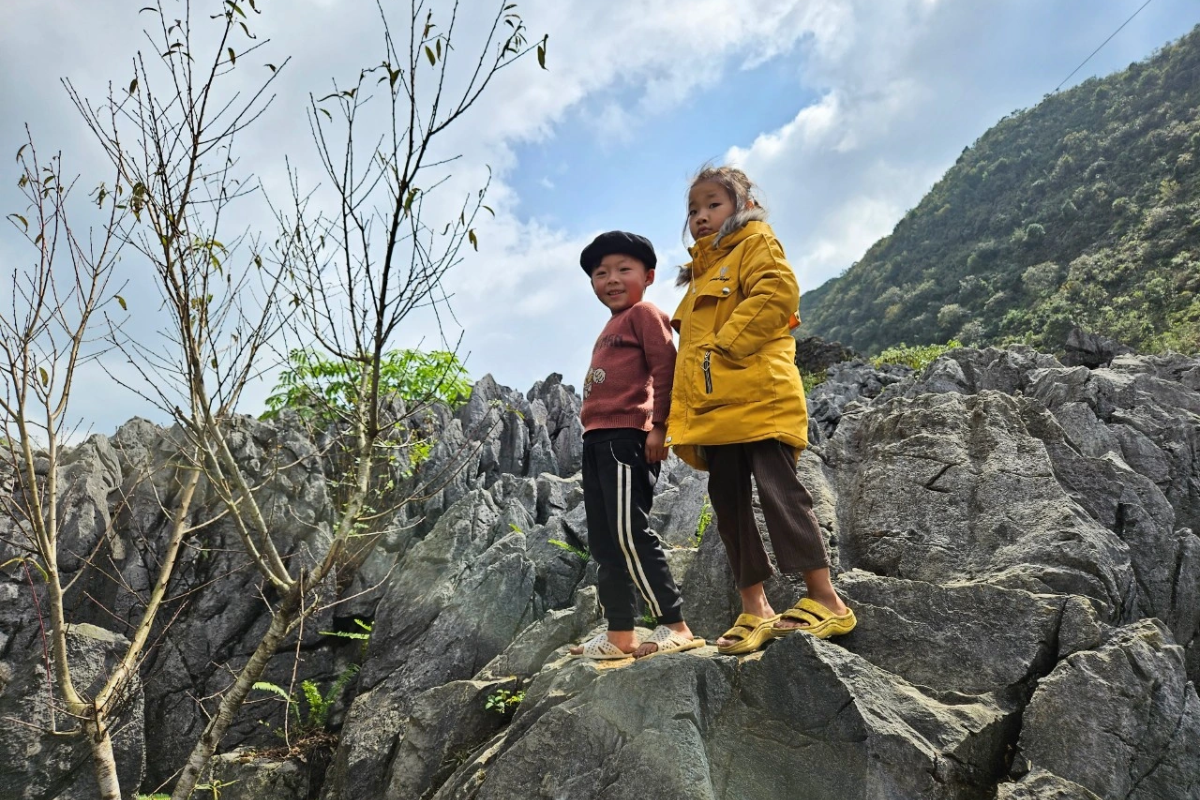
4. Dong Van Old Quarter – Cultural Crossroads
Built in the 1920s, Dong Van Old Quarter still retains its traditional charm. Visit on a weekend market day to experience the vibrant mix of hill-tribe cultures, ancient architecture, and local flavors.
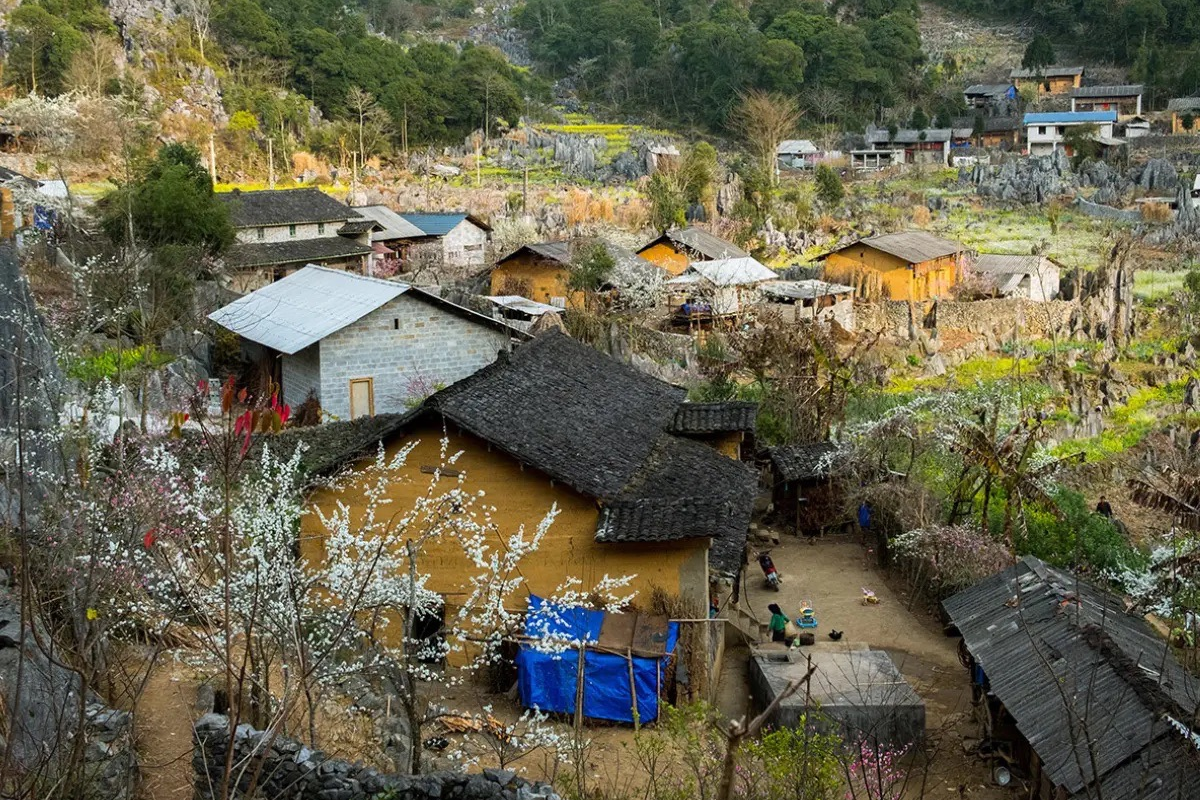
5. Lung Cu Flag Tower – Vietnam’s Northernmost Tip
Located atop Dragon Mountain at 1,470 meters, the Lung Cu Flag Tower marks the northernmost point of Vietnam. Climbing 286 steps to the summit is a symbolic achievement for many travelers.
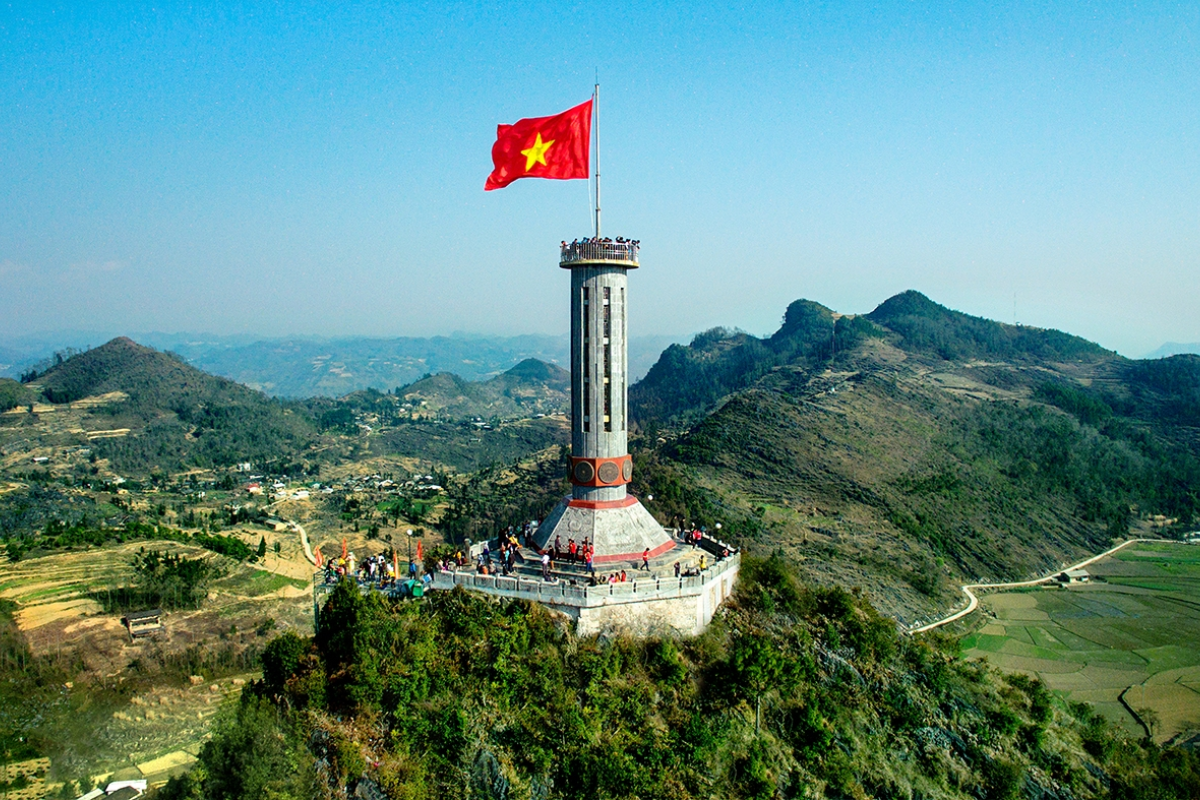
6. Pho Bang Town – The Forgotten Town of Roses
Hidden within the Dong Van Karst Plateau, Pho Bang is known for its serene atmosphere and small, colorful roses that flourish among rocky terrain.
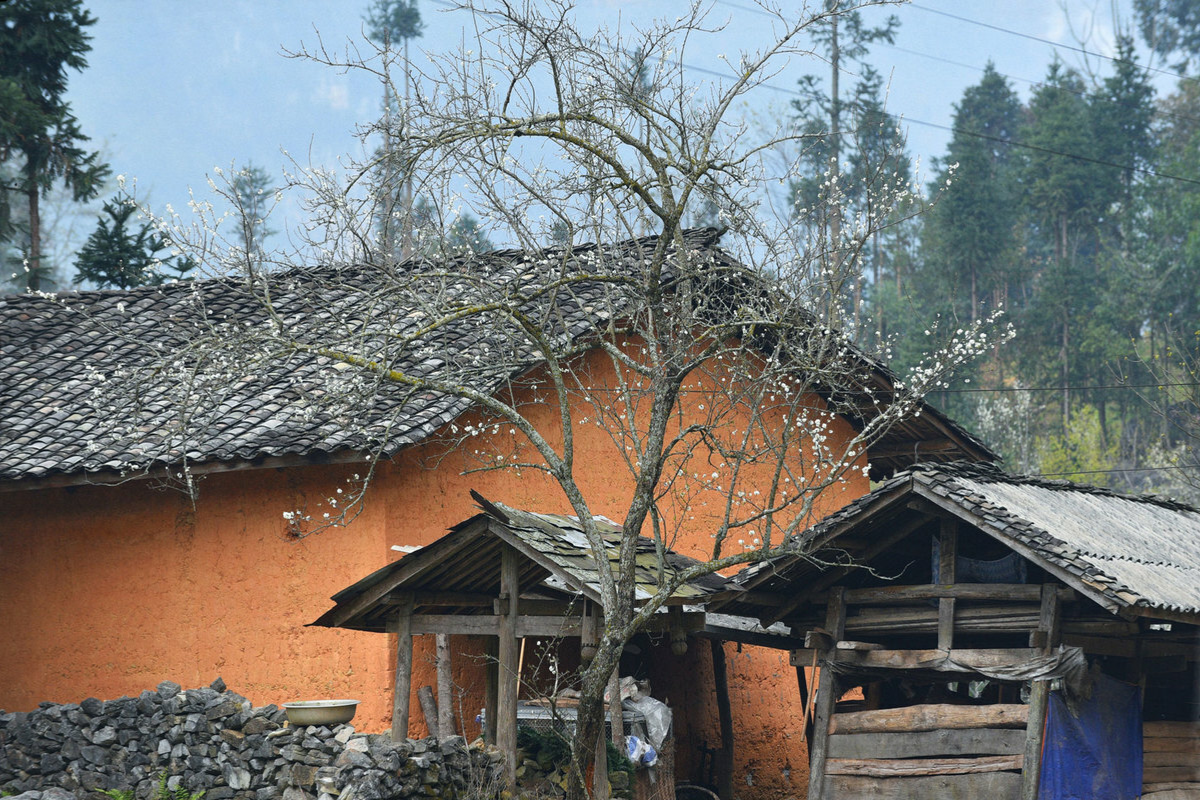
7. Sung La Valley – A Picture-Perfect View
Often described as one of Ha Giang’s most beautiful valleys, Sung La is a green oasis framed by mountains and winding trails.
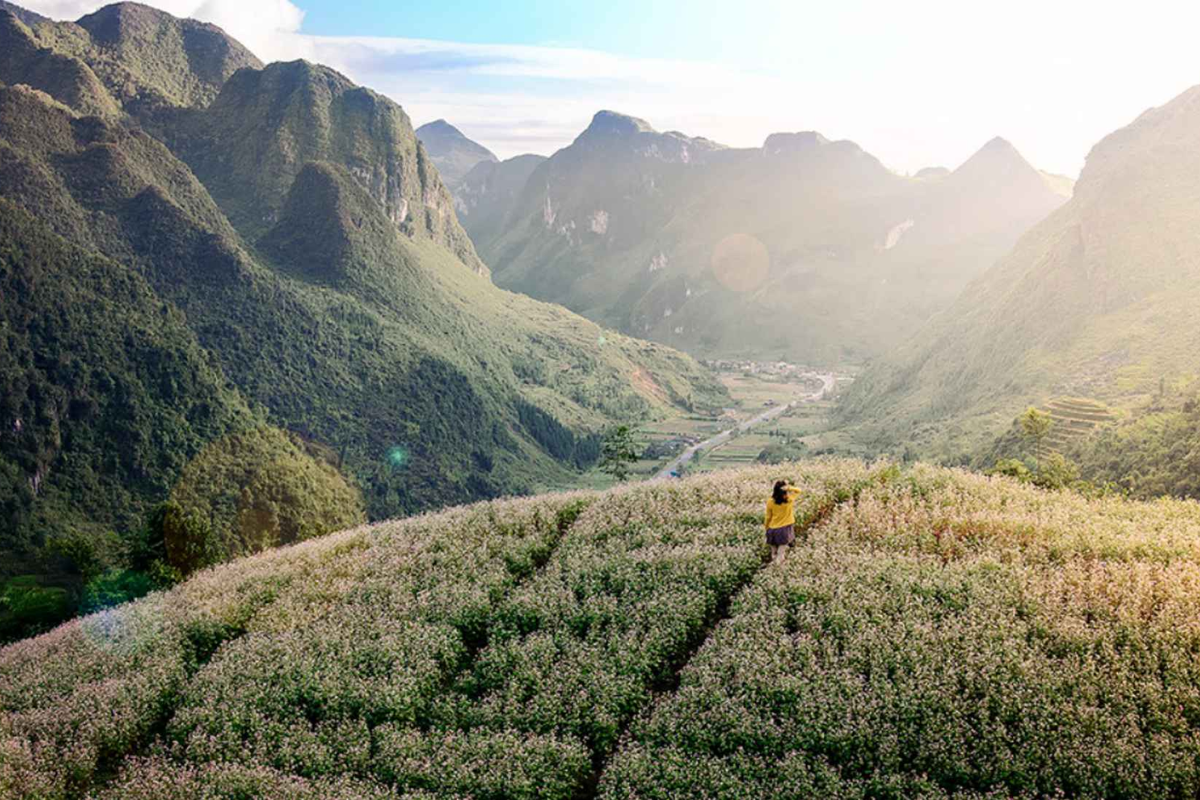
8. Pao’s House – A Glimpse into H’mong Life
Located in Lung Cam cultural village, this traditional H’mong house featured in the movie The Story of Pao. It reflects the simple but meaningful life of the ethnic minorities.

9. Vuong Family’s Palace – H’mong Royal Legacy
Once home to the self-proclaimed H’mong king, Vuong Chinh Duc, this 20th-century mansion features Chinese and French influences and tells tales of wealth built on the opium trade.
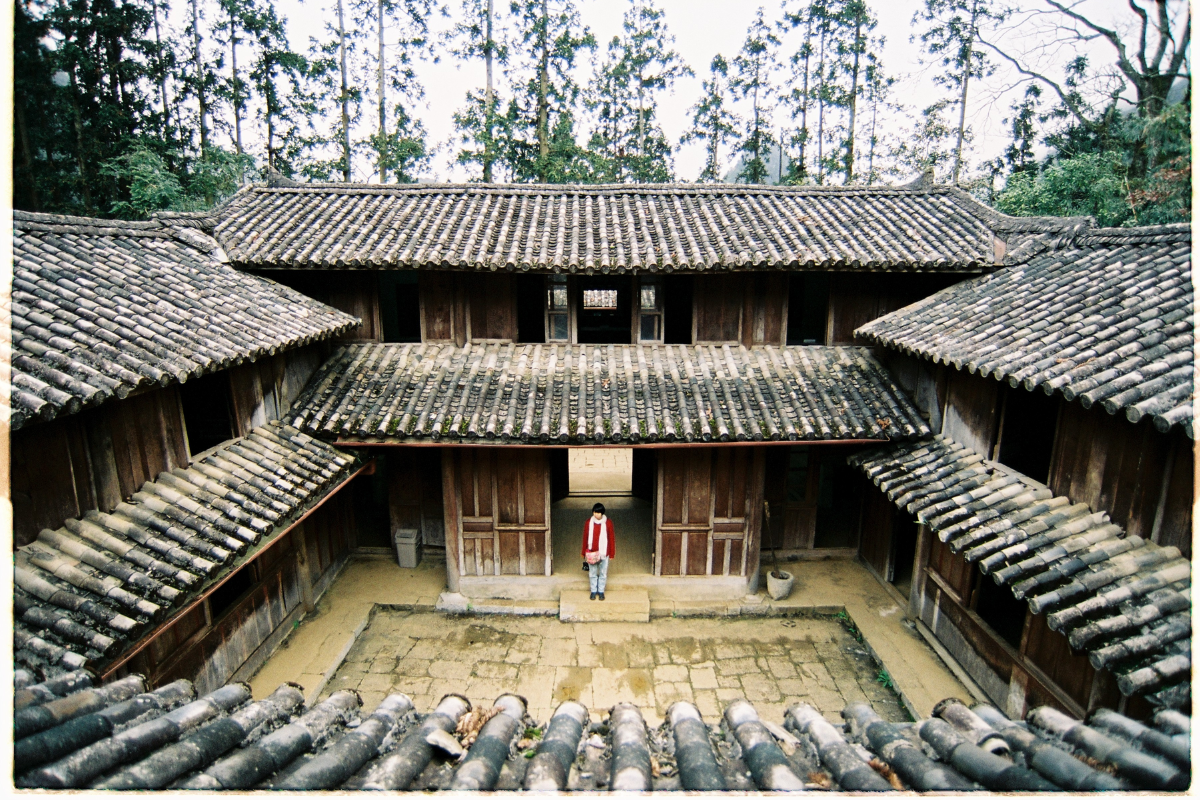
10. Yen Minh Pine Forest – A Northeastern Da Lat
With winding roads and pine-covered hills, Yen Minh Forest offers a peaceful retreat that many compare to Da Lat.
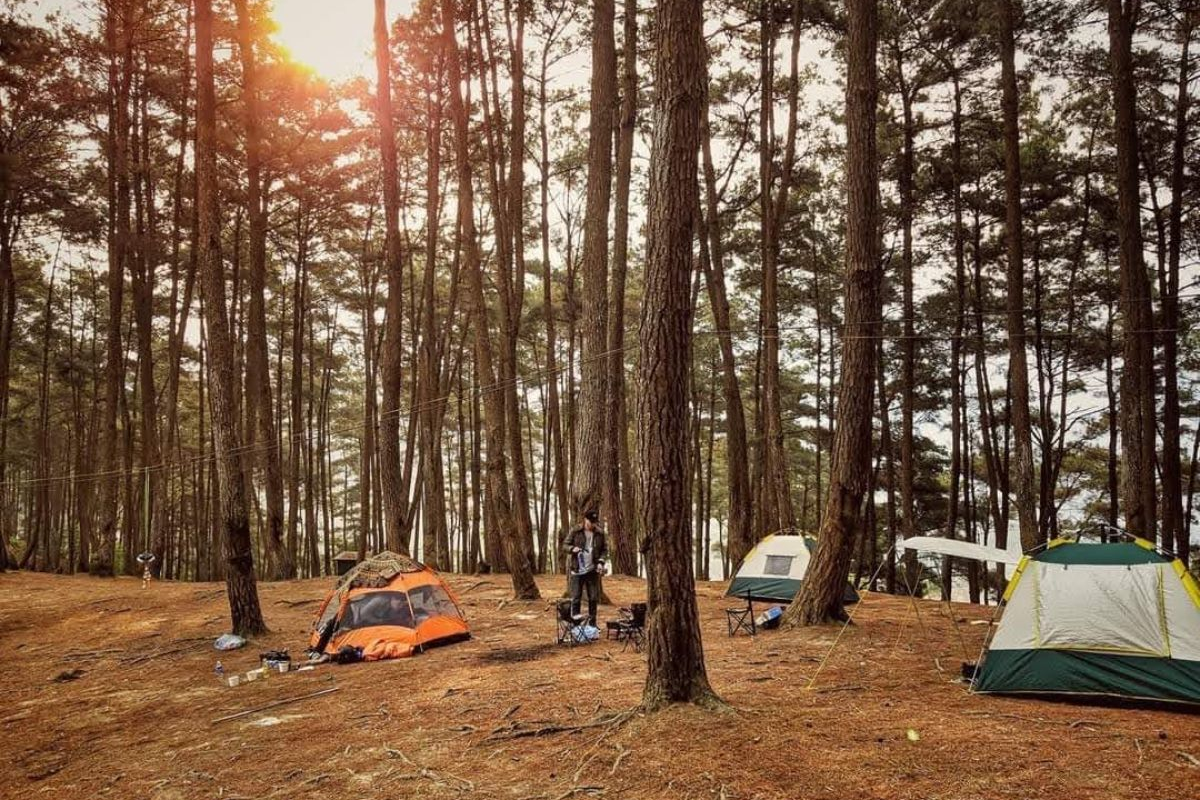
Bonus Attractions for Extended Trips in Ha Giang
11. Sung Khanh Pagoda
This 14th-century pagoda sits quietly in Nung Village, surrounded by serene hills and streams.
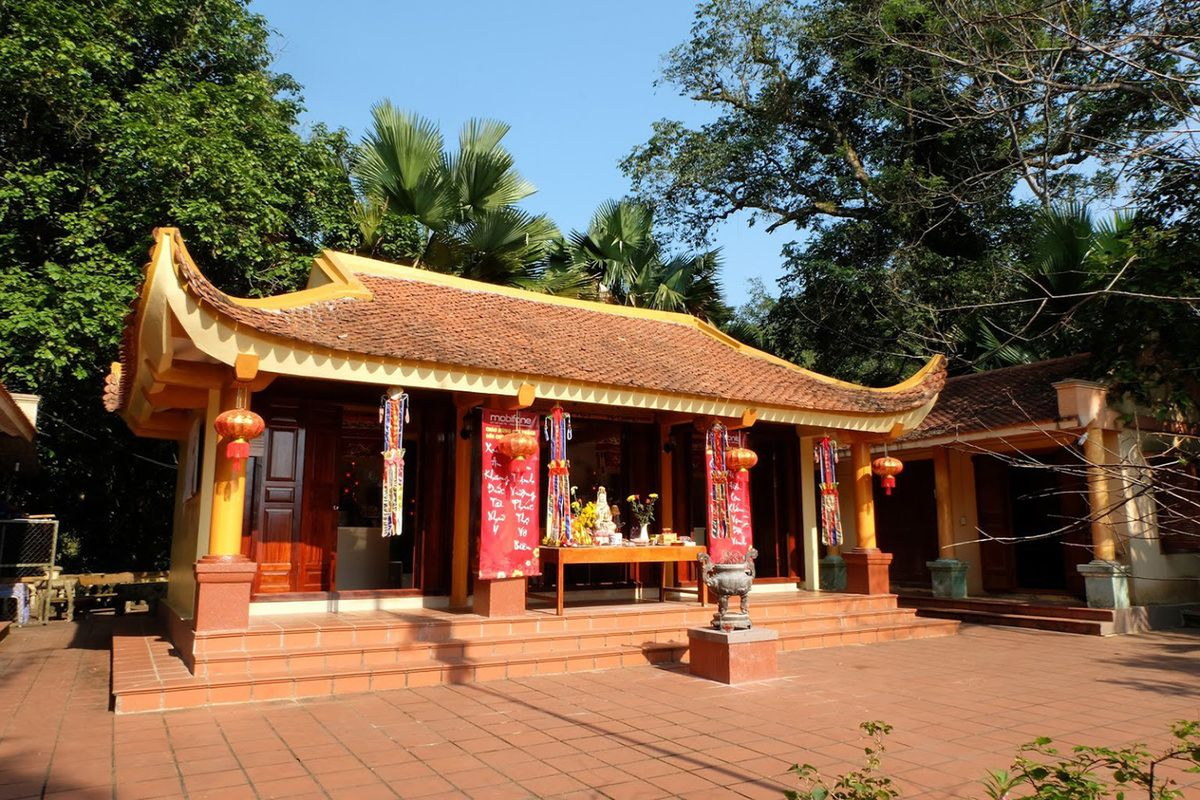
12. Quan Ba Heaven Gate & Twin Mountains
This scenic viewpoint offers panoramic views of Tam Son town and the famous twin mountains shaped like a fairy’s bosom.
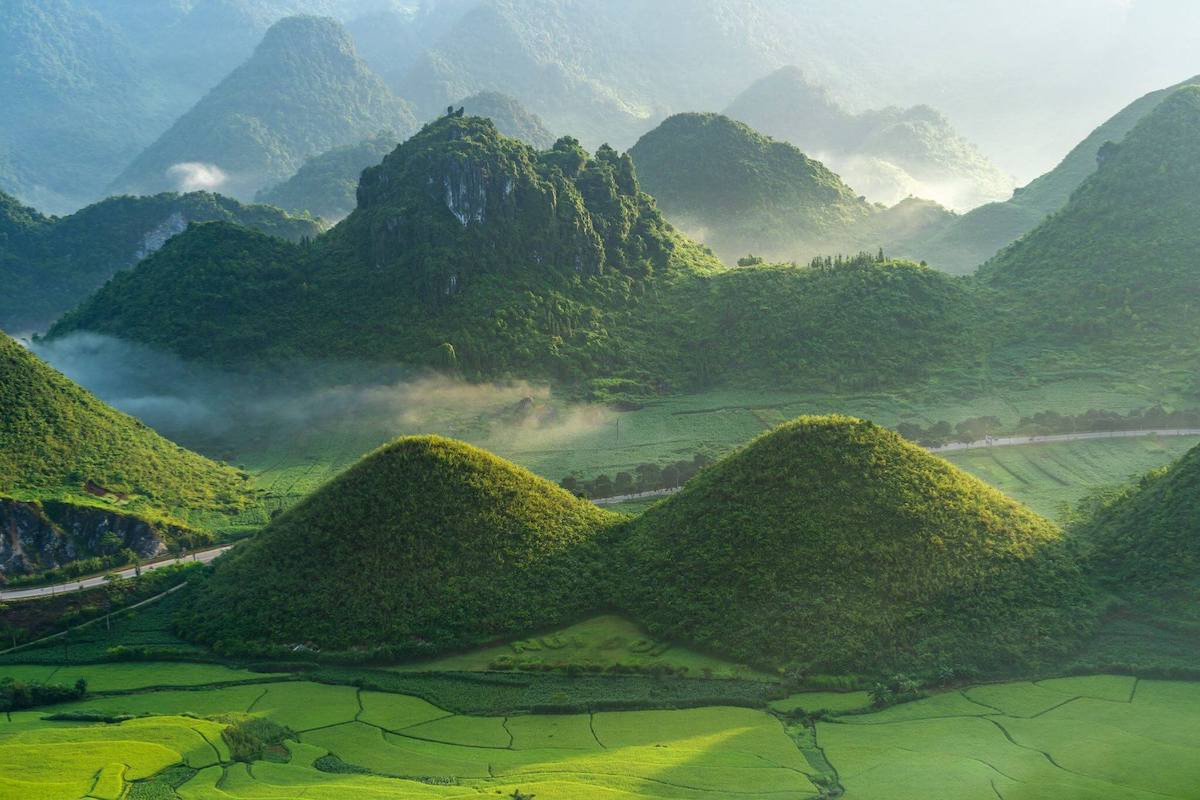
13. Thanh Thuy International Border Gate
Marking milestone No. 261 on the Vietnam-China border, this is Ha Giang’s only international land border gate.
14. Cam Son Mountain
A lion-shaped mountain with steep cliffs and hidden caves, Cam Son is ideal for trekkers and nature lovers.
15. Noong Lake
This natural freshwater lake in Vi Xuyen District is surrounded by floating forests that change with the seasons.
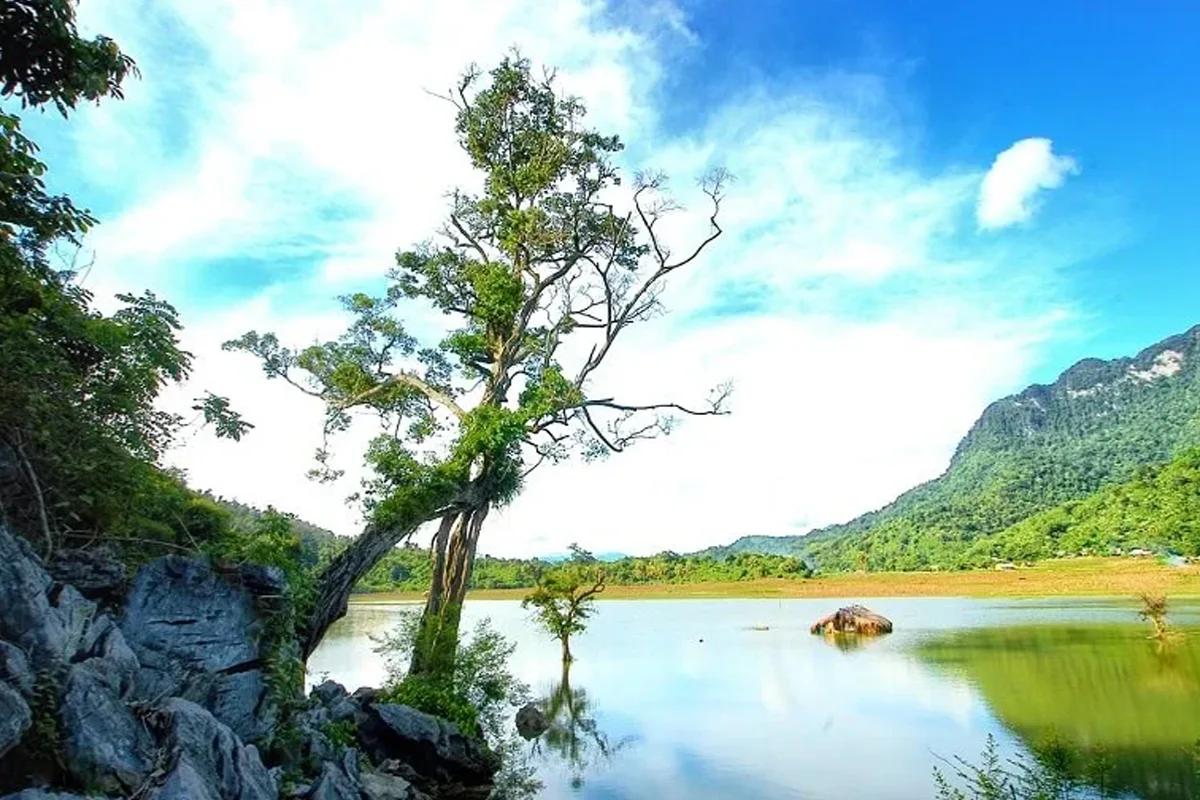
16. En Cave
Located in Yen Minh District, En Cave boasts unique stalactite formations and an untouched ambiance perfect for adventurers.
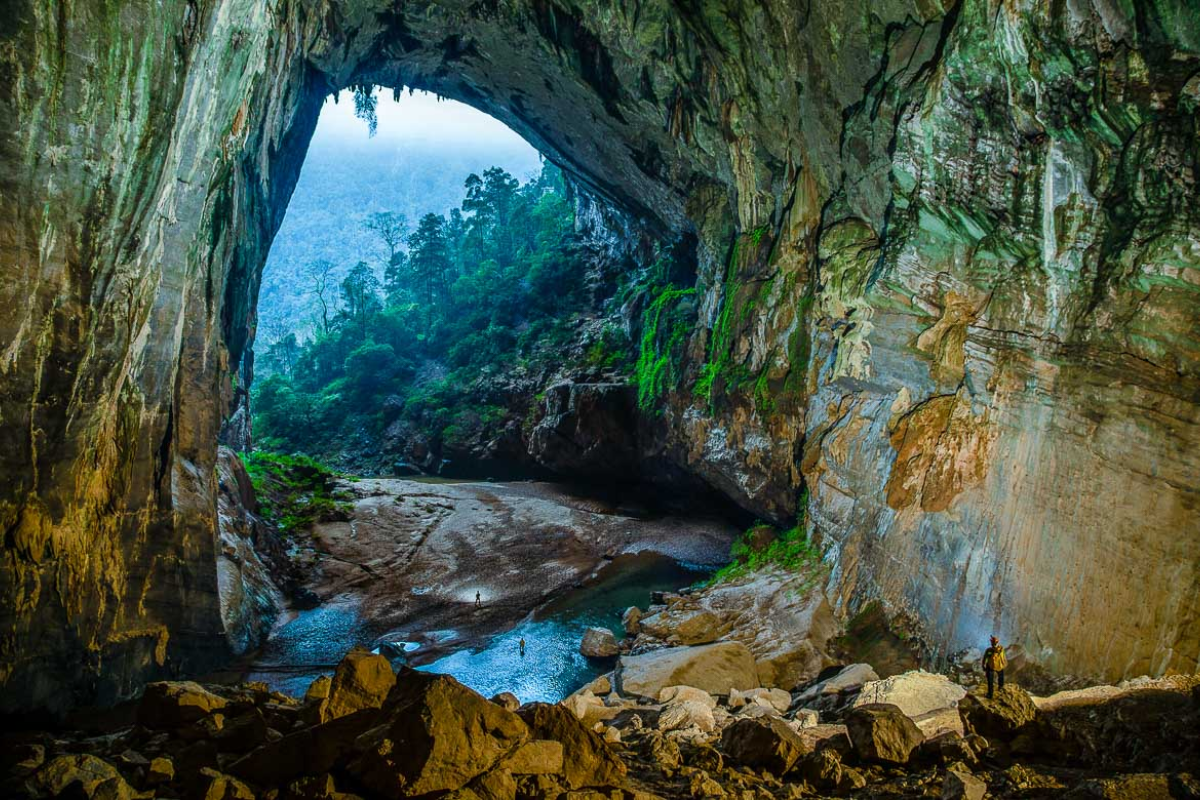
17. Bac Sum Pass
This winding road is known for its steep slopes and panoramic views, making it a thrilling ride for motorbikers.
18. Ha Giang Ethnic Markets
Each ethnic market in Ha Giang offers unique handmade goods, textiles, and traditional foods. A visit reveals the colorful mosaic of highland cultures.
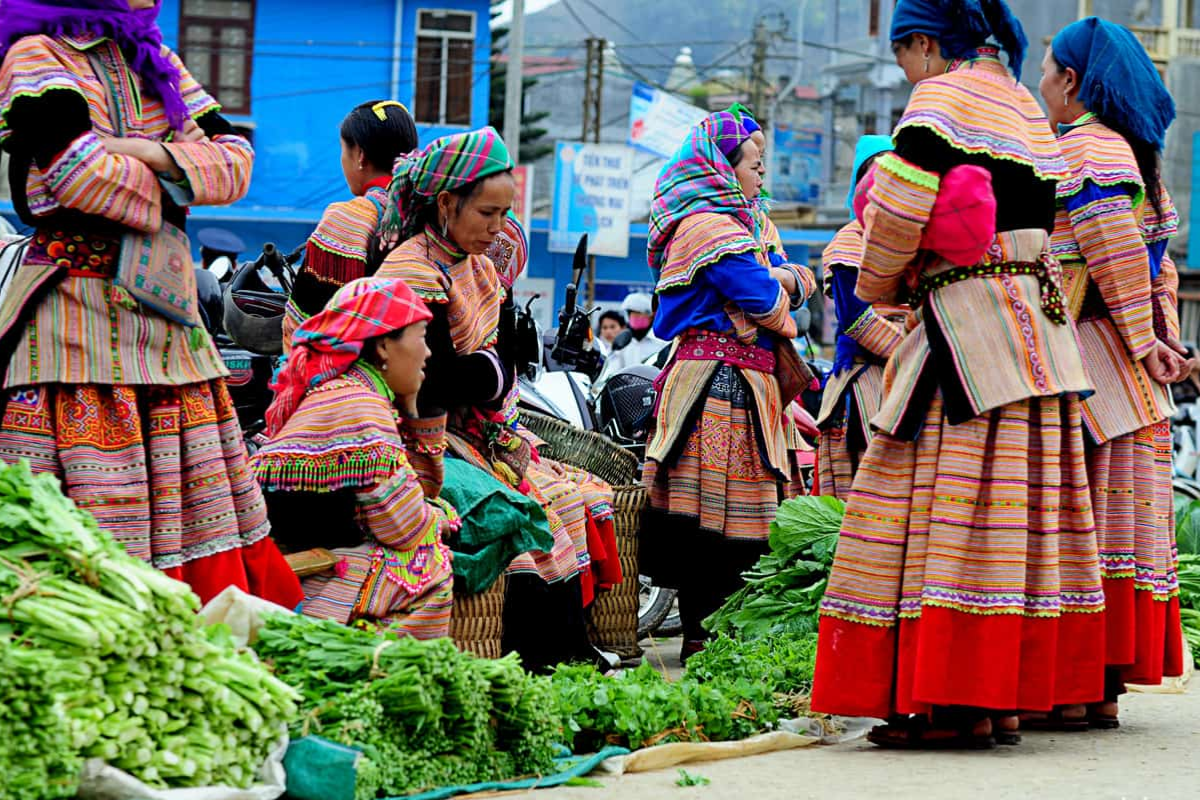
Conclusion: A Journey into Vietnam’s Untouched North
Ha Giang offers travelers a rare glimpse into Vietnam’s raw beauty and cultural depth. From dramatic passes and ancient palaces to colorful markets and tranquil lakes, each destination tells a story. Whether you're a thrill-seeker, nature lover, or cultural explorer, Ha Giang is a once-in-a-lifetime journey worth taking.
----------------------------------------
We hope this guide to the 19 best places to visit in Ha Giang inspires your journey through one of Vietnam’s most awe-inspiring and culturally rich provinces. Whether you're riding through cloud-kissed mountain passes or wandering ancient towns, Ha Giang promises an unforgettable adventure in the heart of nature and heritage.
For a seamless and memorable experience, contact World Mate Travel, your trusted Vietnam travel expert!
Contact Us:
Email: sales@worldmatetravel.com
WhatsApp: +84 988 660 505
